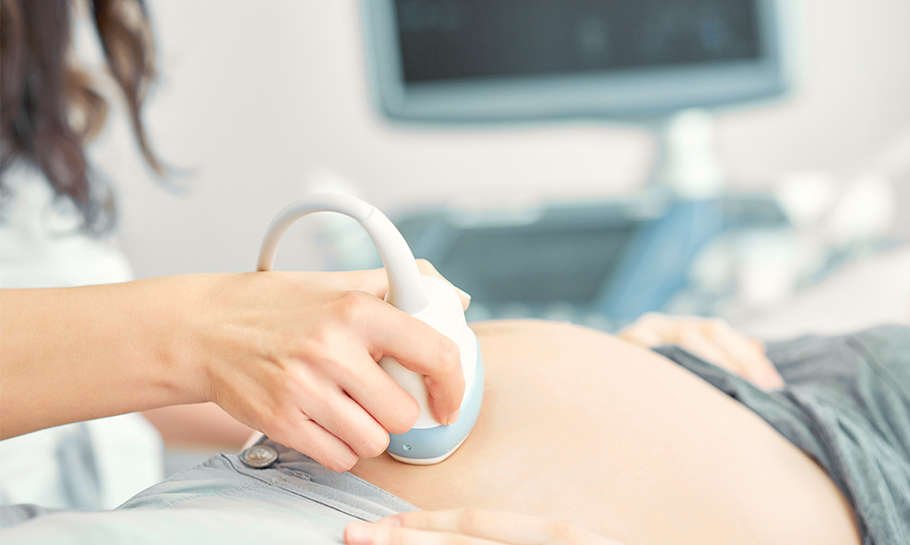Ultrasound

Ultrasound imaging, also called sonography, involves exposing part of the body to high-frequency sound waves. The sound reflects off internal soft tissue organs to produce real-time 3D pictures inside the body. Using Doppler technology, ultrasounds can also measure blood flow. An ultrasound is very safe because it does not use radiation.
Most patients typically get ultrasounds for medical conditions in the following categories:
- Abdomen
- Breast
- Pelvic or Ob/gyn
- Scrotal
- Vascular
What to expect during an ultrasound
Ultrasound exams are scheduled by your physician. Test time varies from 30 minutes to an hour and a half, depending on the type of exam ordered. Most likely, you will be positioned lying face-up on an examination table that can be tilted or moved.
A clear water-based gel is applied to the area of the body being studied. The sonographer (ultrasound technologist) uses a device called a transducer (it looks like a wand) to press firmly against the skin in various locations, sweeping over the area of interest and recording images for evaluation.
When the examination is complete, you’ll be asked to dress and wait, while the ultrasound images are reviewed.
Preparing for an ultrasound
Early appointments are recommended for diabetic patients scheduled for exams requiring diet restrictions.
Wear comfortable, loose-fitting clothing to your exam. You may be given a gown to wear during the procedure. Metal objects including jewelry, eyeglasses, dentures and hairpins should be left at home or removed prior to your exam. You may also be asked to remove hearing aids and removable dental work.
Other preparation depends on the type of examination you will have. For some scans, you may be instructed to not eat or drink for as many as 12 hours before your appointment. For other scans, you may be asked to drink up to six glasses of water two hours prior to your exam and avoid urinating, so that your bladder is full when the scan begins.